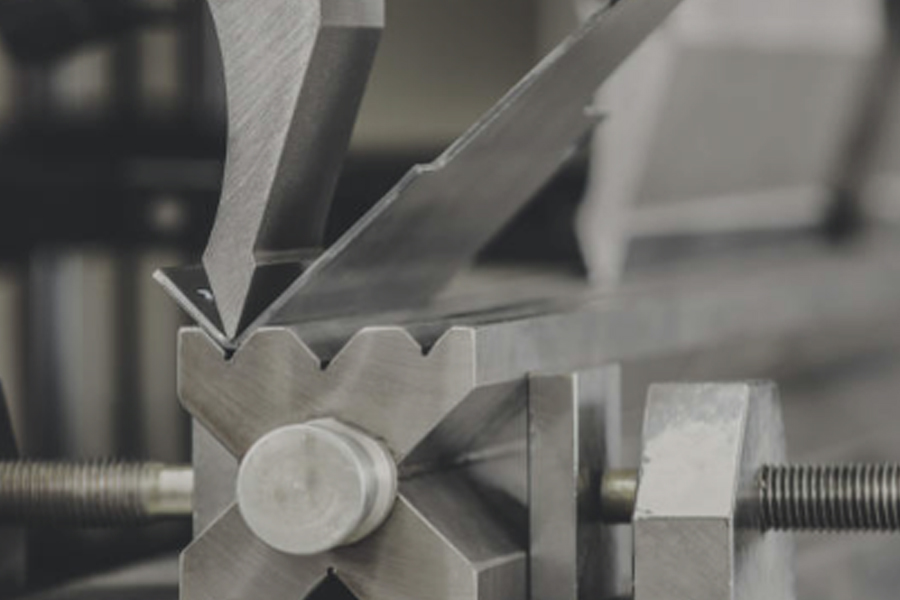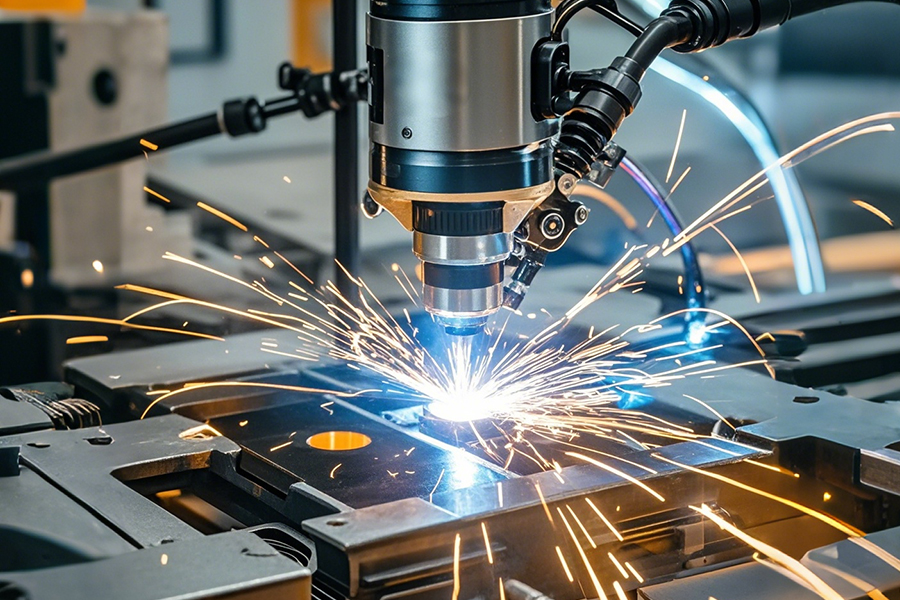
Technology for treating thin materials: innovation and controversy
Release time:2025-04-30 Click:380Thin material processing technology plays a key role in many industrial domains, particularly in the sheet metal processing sector. Technology for thin material processing has continuously evolved along with science and technology, however there is also some controversy around this breakthrough.
Stamping is a popular industrial technique used in sheet metal processing for thin material processing. Traditional stamping techniques often encounter issues including inconsistent material deformation and subpar blanking section quality when processing thin materials. It is challenging to ensure the dimensional correctness of the components because thin materials' comparatively poor stiffness makes them susceptible to excessive stretching or bending distortion from the pressure of the mold during the stamping process. High-precision mold production technology and sophisticated stamping equipment have been adopted in current stamping procedures to address these issues. To meet the high-precision requirements of electronic equipment, precision instruments, and other industries for thin material parts, for instance, sophisticated mold design software is used for simulation analysis to optimize the mold's structure and stamping parameters. This results in a more uniform material force during the stamping process, improving the blanking section's flatness and dimensional accuracy.

Another important component in the processing of thin materials is bending technology. Thin materials are more likely to break or rebound excessively when bent. Workers used to often rely on expertise to modify the bending angle and strength, but this approach was hardly able to guarantee the product's stability and uniformity. The advent of CNC bending machines has transformed this procedure in the modern day. In order to do high-precision bending operations, CNC bending machines may automatically modify the bending mold's stroke and pressure based on the material, thickness, and other characteristics of the thin material via accurate programming control. Some new bending molds, which are widely used in the manufacturing of thin sheet metal parts for the automotive, home appliance, and other industries, use specific coatings and materials to improve the quality and efficiency of the bending process while minimizing damage to the thin material.
But the development of thin material processing technologies has not been without its challenges and has generated some debate. The heat input during the welding process may easily produce excessive deformation of the plate when welding thin materials because of their thin thickness, which might lower the product's overall quality. Deformation correction after thin material welding is a challenging issue since traditional welding techniques, including manual arc welding, make it difficult to manage the welding heat input. Some small and medium-sized businesses face the dual pressure of cost and technical threshold when adopting new technologies, despite the fact that the recently developed laser welding technology can achieve high-precision and low-deformation welding effects. This is because the equipment is expensive and the operators must meet high technical requirements.

Furthermore, the development of thin material processing technologies raises the bar for raw material performance and quality. Thin materials must have improved ductility, strength, and surface quality in order to accommodate the new processing method, which somewhat raises the cost of raw material acquisition and makes quality control more challenging.
Notwithstanding the dispute, the industrial sector has surely benefited much from the advancement of thin material processing technologies. Continuous improvements in stamping, bending, welding, and other processes have increased the precision and effectiveness of thin material processing, broadened the range of applications for thin material products, and made it possible to produce lighter, higher-performing products that satisfy the demands of contemporary industry for environmental preservation, energy conservation, and improved product performance. Simultaneously, as technology advances and costs gradually decrease, new thin material processing technology will be promoted and implemented in more businesses, elevating the manufacturing sector as a whole, playing a bigger role in the future of aerospace, new energy vehicles, and other industries, and offering robust technical support for industrial upgrading.